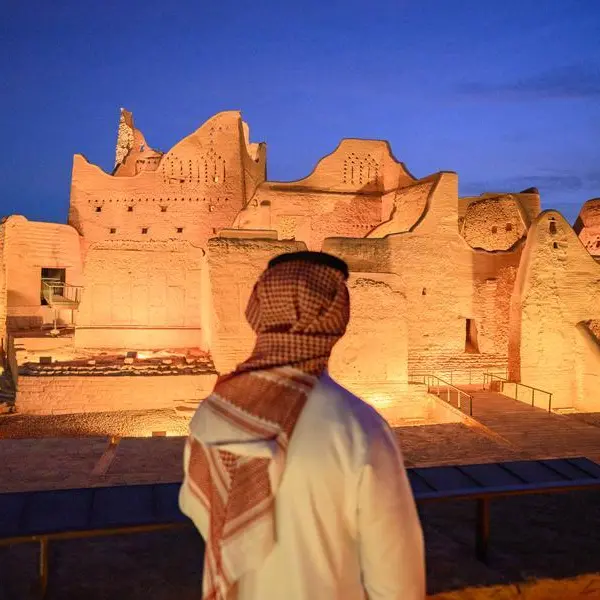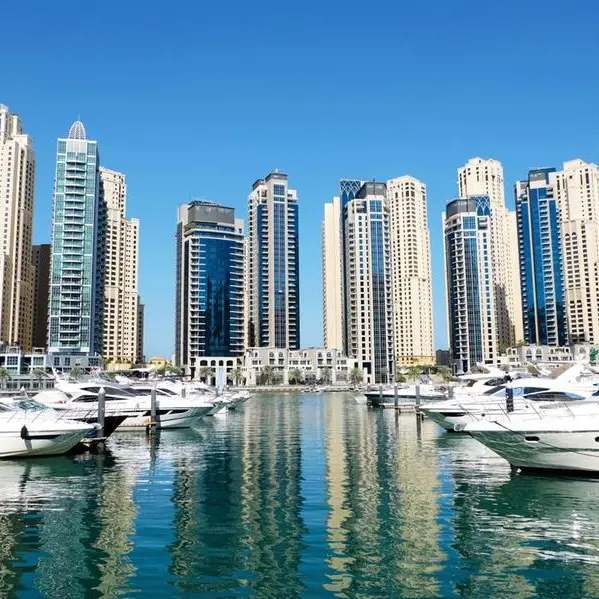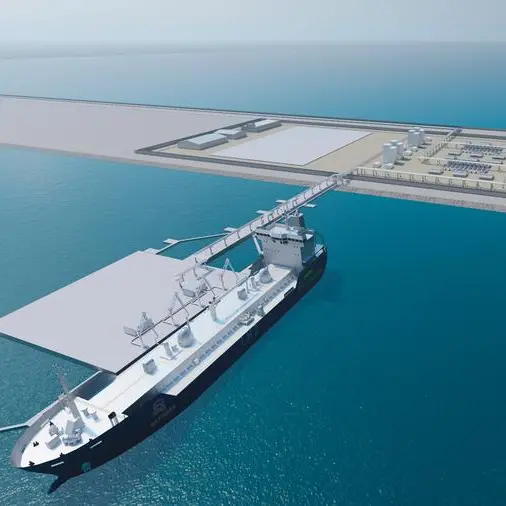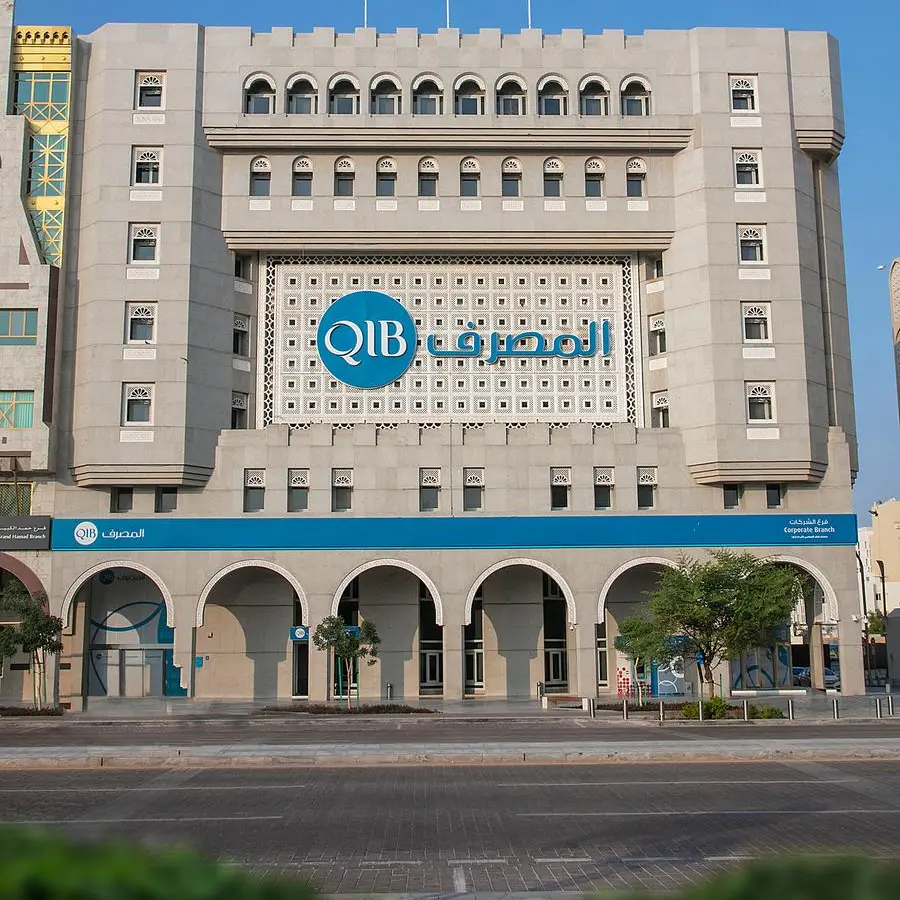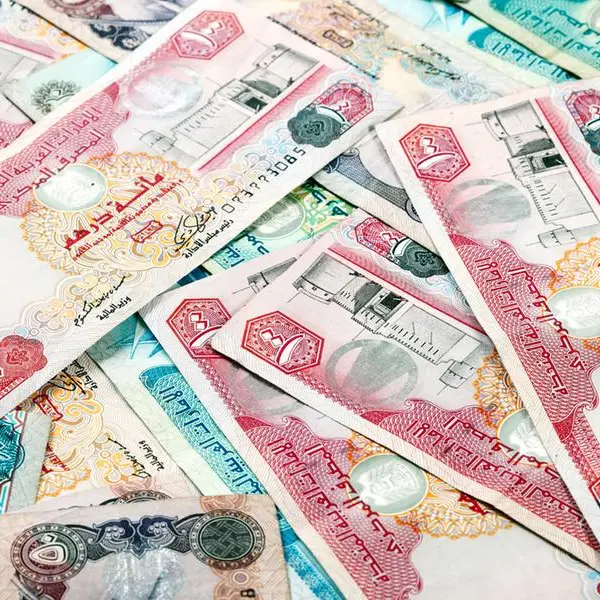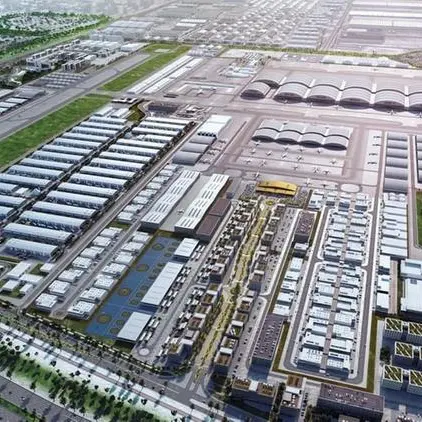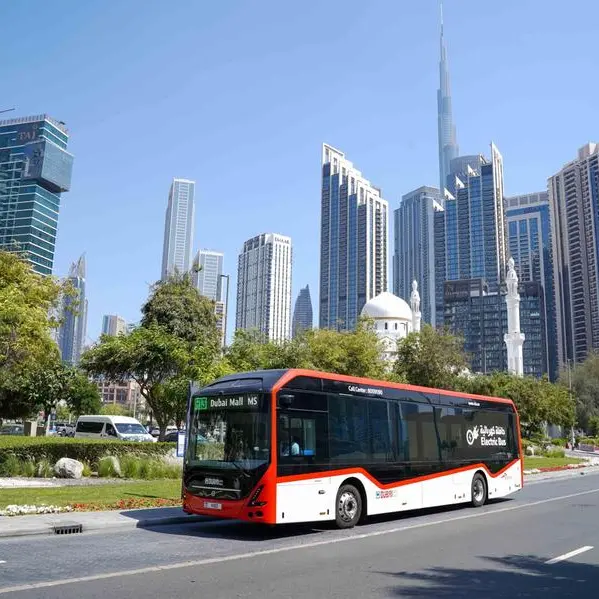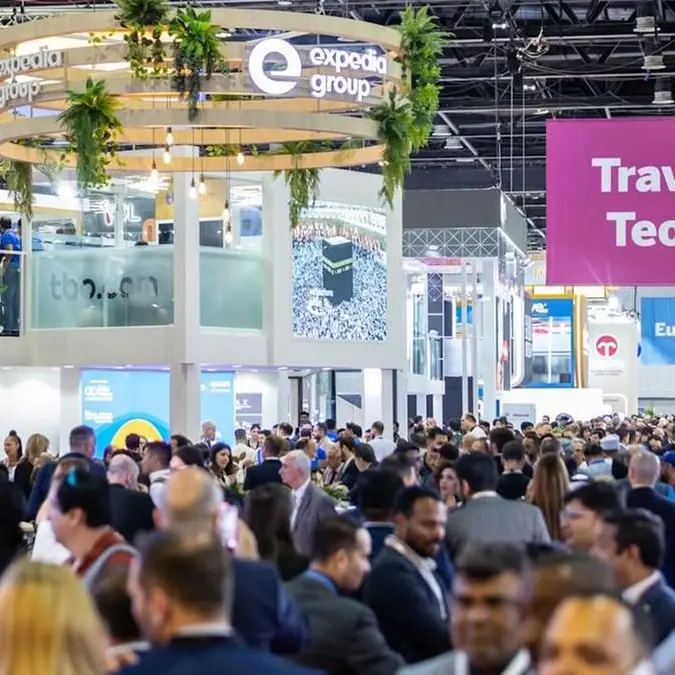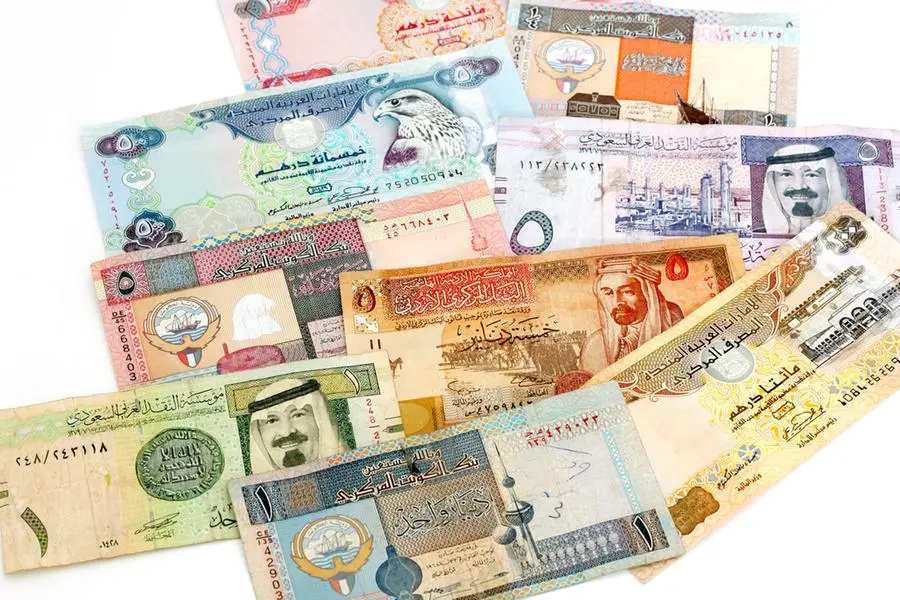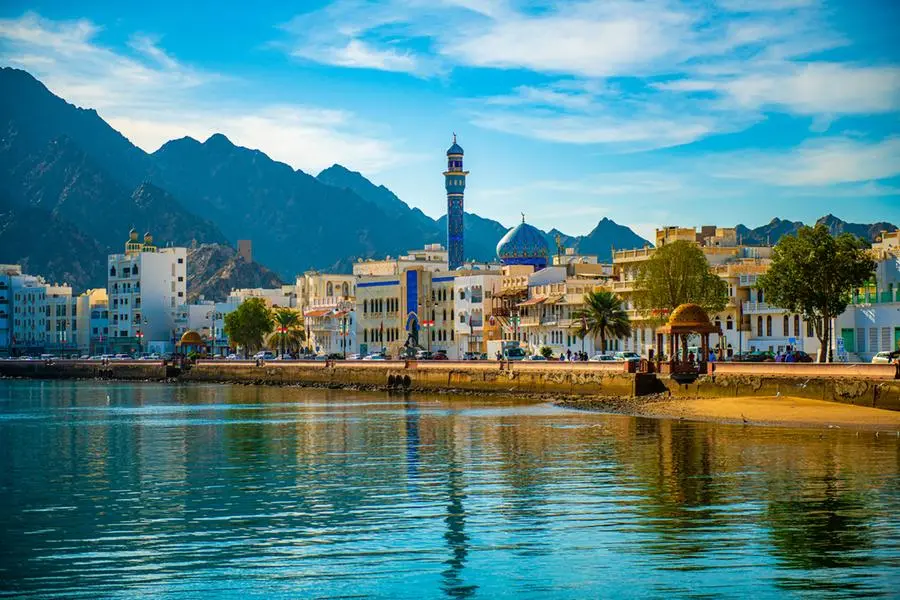KING Abdullah Port's role in pushing the economy and specifically the trade in Saudi Arabia is very important. That was clearly stressed on in the 2030 vision. In many areas of the world, ports have helped build cities and economies. Examples of this fact are Hong Kong, Singapore, Shanghai, Dubai, New York, etc. Similarly, King Abdullah Port is pivotal to the King Abdullah Economic City, subsequently contributing to the overall economy of Saudi Arabia, said Engineer Abdullah M. Hameedadin, managing director of Ports Development Company in an interview with Saudi Gazette. Here's the excerpt:
SG: First off, now that Saudi Arabia's Transformation Program has been announced, how well King Abdullah Port is situated to contribute to this program as well as benefit from it?
AMH: King Abdullah Port's role in pushing the economy and specifically the trade in Saudi Arabia is very important. That was clearly stressed on in the 2030 vision. In many areas of the world, ports have helped build cities and economies. Examples of this fact are Hong Kong, Singapore, Shanghai, Dubai, New York, etc. Similarly, King Abdullah Port is pivotal to the King Abdullah Economic City, subsequently contributing to the overall economy of Saudi Arabia. Furthermore, ports act as a barometer and a catalyst for the growth of trade. Other ports in the Kingdom have already a high capacity utilization. Thus, King Abdullah Port, the first privately owned and developed port in the Kingdom, represents the future of maritime business and it aligns with the national plans to develop non-oil based economies, taking into consideration the Kingdom's increasing economic strength, strategic location, and important role as a gateway to international markets.
SG: I think it is pretty well known that 2015 was a watershed year for King Abdullah Port for a number of reasons. I wonder if you could start out by giving us an overview of the operational and financial achievements that made 2015 so significant.
AMH: You are absolutely right. The year 2015 was indeed the most significant year for King Abdullah Port since ground was first broken for its development. There are numerous significant achievements to report, especially in terms of our expanding operational capacity. For one, we opened up our fourth berth, which increased our cargo-handling capacity from two million TEU annually in 2014 to three million TEU as of mid-2015. As for cargo actually handled, in 2015 we more than doubled the 2014 figure of 500,000 TEU and handled 1.3 million TEU. The completion of the new berth just 18 months following the initial launch of operations was extremely significant in that it not only expanded overall capacity but it also allowed us to welcome the arrival of Mathilde Maersk, one of Maersk Line's largest vessels and one of the largest in the world plying the high seas. The presence of the Maersk Line at King Abdullah Port raised our profile and showed the world that we were open, ready to do business and quickly becoming world-class port.
On the heels of the agreement to service vessels from Maersk Line, we reached an agreement with NYK, another of the world's largest shipping lines, for RORO operations. For those not involved in the shipping industry, RORO refers to "roll-on/roll-off" cargo such as cars and trucks.
They are shipped in special vessels that are equipped to allow the cargo to be driven on and off the ship. By the end of 2016, a new RORO berth will be up-and-running, and by the end of next year, a second RORO berth will be completed. These two RORO berths will result in a total capacity of 600,000 CEU per year, but that is just the beginning. Eventually, we will have five operating RORO berths, which will provide an annual capacity of 1.5 million CEU.
We have also concluded an agreement with Almarai, the leading dairy concern in MENA, that will see Almarai operate from the first berth near the end of this year. We are also very proud to point to the continuing development of the Port Community System, a computerized system designed to allow all major entities at King Abdullah Port to access scheduling, document processing and customs clearance. This access to information will greatly facilitate operations and business activities at King Abdullah Port.
SG: Having initiated partial operations at the port in 2014, can you tell us the state of affairs there at the moment? In addition to container transshipments, what other operations are currently being conducted?
AMH: Apparently, unbeknownst to many here, our transshipment operations actually kicked off in September 2013, and in January 2014 we began full operations, including import and export. Of course, transshipments are important to King Abdullah Port for a number of reasons, but we are very happy to be able to report that import/export cargo operations have grown to nearly 30% of the total cargo handled. That will certainly increase, given the sophisticated service providers that are located at King Abdullah Port. More than 200 customs clearing agencies are operational, including our partner, Specialized Marine Services Company, which handles berthing and sailing of ships and provides vital pilotage, towage and line handling services through its fleet of multipurpose tug and pilot boats.
SG: You have mentioned the opening of the port's fourth berth and the first arrival of a Maersk Line vessel. What does that really mean to King Abdullah Port's profile?
AMH: Well, on an emotional level, these two developments are sources of great pride for those of us who have worked so long and hard to make King Abdullah Port a reality. Now, if we look specifically at Berth 4, its completion is important for many reasons. The fact that it was completed, handed over and became operational less than 18 months following the start of operations was an impressive feat and lent credence to our announced intentions to make King Abdullah Port the fastest growing and most advanced port in the region. That alone is great for our image. Additionally, Berth 4 also increased capacity. It not only measures 350 m wide with a depth of 18 m but it is also equipped with the largest cranes in the world, having spans of 25 containers outreach and lifting capacity of 65 t. As for the arrivals of MSC Maya and Mathilde Maersk, two of the world's largest container ships measuring 399 meters in length, at King Abdullah Port, they were also very emotional events for us. The arrivals constituted clear proof to the world of our sophisticated operational capabilities and the strategic importance of King Abdullah Port, which has been our goal all along. It shows that we have succeeded in creating a state-of-the-art infrastructure while developing logistical standards and a level of commitment that exceeds global standards. Certainly, the arrival of these two vessels shows that we have the capacity to handle the largest ships in the world and the considerable cargo that they transport. This proven capability will play a significant role in our expansion and is vital to the development of future business partnerships.
SG: In terms of operations, what is up next?
AMH: There are three areas in which we will concentrate our plans for expansion: container handling, RORO berths and bulk berths. By expanding these sectors, King Abdullah Port will be positioned to become the leader in handing vehicles and bulk commodities earmarked for countries around the region. We are also working on making King Abdullah Port more attractive to the food industry as this one sector that has already shown signs of growth at the port. We have built huge reefer racks for food handling and medical cargo that requires temperature control. Moreover, we are welcoming the construction of a Saudi Food and Drug Authority operations center that will further the growth of King Abdullah Port as a hub for the food and pharmaceuticals industries. We will also develop a logistics park that will function almost as a separate entity, with its own dedicated access roads and infrastructure. We are dedicated to providing land to those logistics services companies wishing to locate there. As I mentioned earlier, we continue to work on the Port Community System (PCS) at King Abdullah Port.
This type of system is common at ports around the world and provides access to information that allows for a much freer and more efficient flow of goods through the port. With everyone's support, including that of shipping lines, the container terminal operator, the Saudi Customs and other affected businesses, the PCS is continually being upgraded to meet the demands that are involved in as King Abdullah Port's primary data exchange platform.
SG: What is the break out of shipping activity at King Abdullah Port? Is revenue generated mainly through transshipments? In addition, what level of activity are you seeing in shipments inward-bound for domestic consumption?
AMH: Right now, we are split about 73% transshipment and 27% import/export. That is mainly because the majority of large ships that call at King Abdullah Port are carrying cargo related to Saudi Arabia as well as cargo bound for other countries.
SG: What kind of activity are you seeing from domestic companies shipping exports out of King Abdullah Port?
AMH: The question of exports is a very important one for us because we realize and are very proud of the important role we play in strengthening this sector. It is not just about shipping and the development of King Abdullah Port. It is about empowering local industry to make its contribution to the much-needed diversification of the national economy.
The two most significant exports handled by King Abdullah Port right now are petrochemicals and construction materials, mostly gypsum and glass.
Petrochemicals top the list as we sit quite close to both Rabigh and Yanbu, the Kingdom's two west coast hubs for the petrochemical industry. Export and import activity will continue to grow since the King Abdullah Port is strategically located close to these manufacturing hubs as well as to the Kingdom's primary centers of consumption - Jeddah, Makkah and Madinah. In addition, as the Industrial Valley in King Abdullah Economic City develops and expands, we will see import/export activities increase significantly.
SG: King Abdullah Port is said to be "a prime East-West hub, on the main trade route between Asia and Europe". Can you explain that claim?
AMH: If we look at the hard numbers and exclude crude oil and refined petroleum products, we see that about 25%-30% of all global trade utilizes the Red Sea. It is easy to make these calculations, as we know for a fact that, in 2015, some 730 million MT of cargo carried on nearly 11,000 vessels passed through the Suez Canal. Therefore, we look at that and then we look at the function of King Abdullah Port, which is to be the primary entry point for goods destined for Saudi Arabia and surrounding countries.
It is also perfectly situated to serve as an efficient transshipment point for East African and other ports. Population growth in the region should also be looked at. Saudi Arabia has one of the fastest growing populations in the world and the entire region is cited for its fast-expanding population. Population growth is one of the most significant factors in predicting increased consumption of goods, so King Abdullah Port is perfectly situated to serve the Kingdom and the region. The new industrial and manufacturing hubs around MENA, including KAEC's Industrial Valley, will benefit tremendously from our presence. All of this - along with the Kingdom's involvement into the G20 - are perfect bellwethers for King Abdullah Port to become a major East-West trade hub.
SG: Can you give us an overview of what you are expecting for 2016, in terms of both global shipping and development of the port?
AMH: As with any economic or industrial sector, the shipping industry always faces challenges. Today, those challenges are increasing especially in light of the decline of oil prices. In general, trade has also slowed, which has prompted the major shipping lines to form alliances with one another in order to keep costs down while still operating with reasonable margins. As for King Abdullah Port, our plan is to boost capacity to 7 million TEU of container handling, besides significant RORO and bulk facilities to be fully operational in the port's initial phase.
Accomplishment of our first-phase goals is a reflection of our commitment to our role in the diversification of the Saudi economy. Without this infrastructure for growth in place, economic diversification would present even more of a challenge than it already does. Of course, King Abdullah Port is a very important cog in a much larger effort to develop a more diversified economy that will benefit all Saudis. For example, inland infrastructure projects are geared toward complementing the growth of King Abdullah Port and vice versa. The first phase of the Haramain High Speed Rail Project, linking Madinah to KAEC, is about to be completed, and land has been set aside at the port to build a direct rail connection to the Saudi Landbridge. The aim of the government in developing the Saudi Landbridge is to connect east with west and north with south on the Arabian Peninsula. The land bridge, along with numerous other rail and road projects underway, will allow cargo arriving at King Abdullah Port to be shipped efficiently overland to its ultimate destination, making deliveries in a timely manner at costs significantly reduced from current levels.
© The Saudi Gazette 2016
